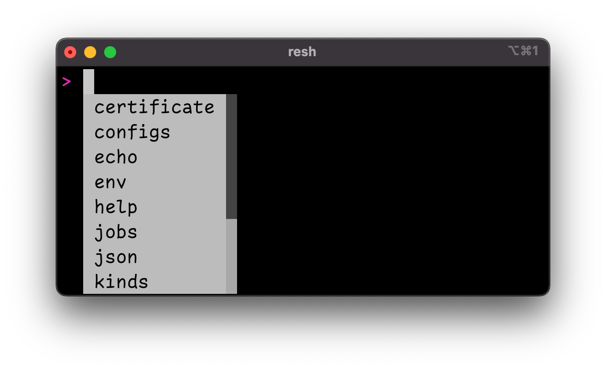Cloud Asset Inventory
A cloud asset inventory is a complete representation of the resources in your cloud. The job of the inventory is to continuously discover new resources and store data about each individual resource (such as its properties, configurations, and dependencies). Examples of resources not only include compute instances, storage buckets, Kubernetes pods, but also access keys and user and org policies.
In modern cloud-native environments, developers enjoy freedom and permissions to create new resources. The resources in a company's cloud environment can easily number in the hundreds of thousands or millions, resulting in new challenges for infrastructure engineers. One such problem is "infrastructure fragmentation"—resources are distributed across regions, organizations, accounts, and/or projects, and each resource has unique properties and APIs. Coupled with constant change, this fragmentation makes it difficult to keep track of resources, which opens the door to cost problems, security threats, and compliance issues.
A cloud asset inventory solves the infrastructure fragmentation problem by providing complete visibility into all resources from a single place.




